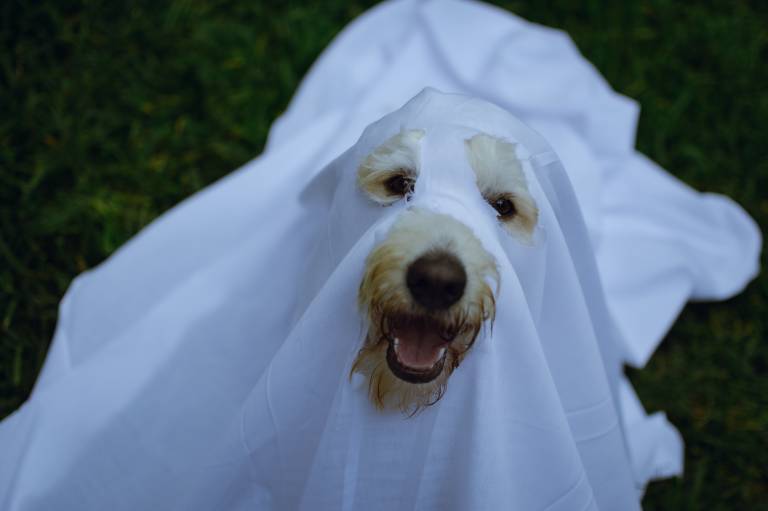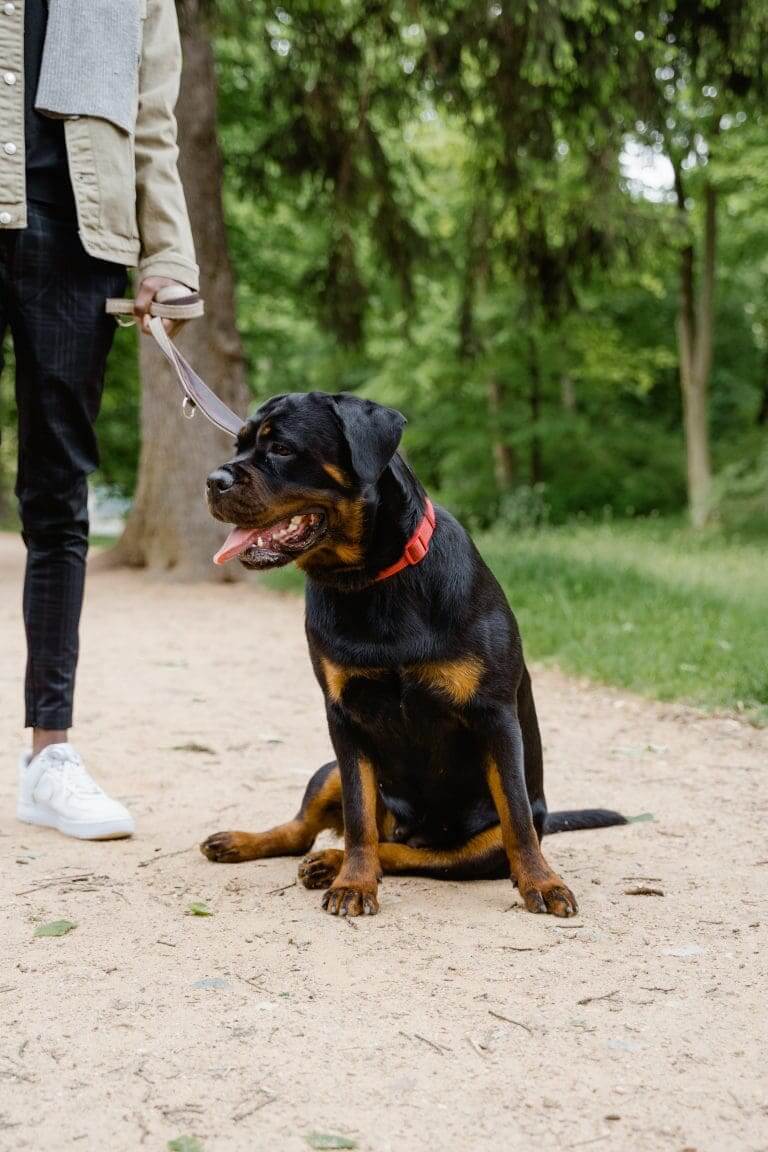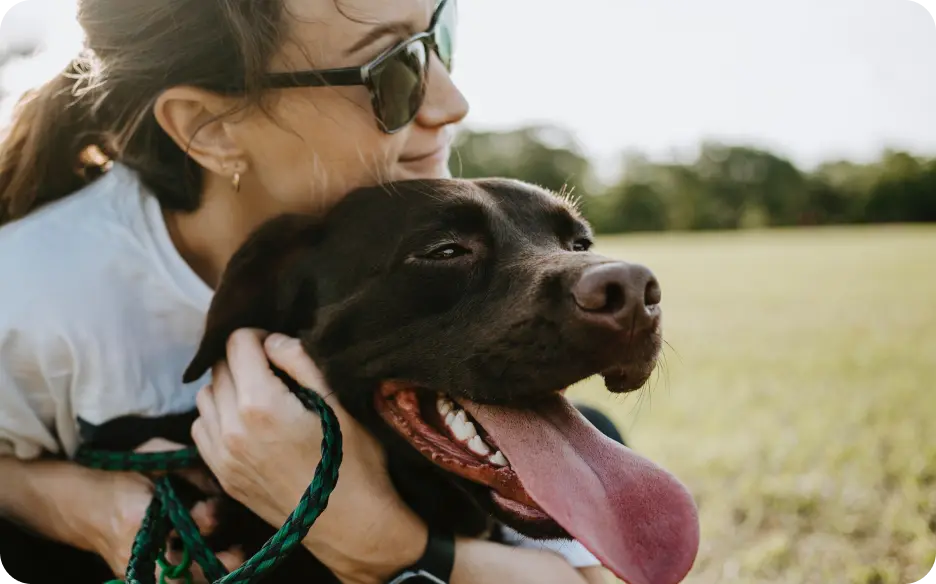Do Muzzles Calm Dogs?
Post Date:
December 10, 2024
(Date Last Modified: December 10, 2024)
For dog owners, understanding their pet’s behavior is essential. Some dogs are naturally anxious, while others may react aggressively in certain situations, leading to the need for a muzzle. The question arises: do muzzles calm dogs? The answer isn’t straightforward, but exploring the relationship between muzzles and a dog’s emotional state can provide clarity.
Muzzles: A Misunderstood Tool
Muzzles are often misunderstood; many associate them with aggression or punishment. Their primary purpose is to prevent a dog from biting, not to indicate a bad dog. When used appropriately, muzzles can enhance safety for both the dog and those around it. For anxious dogs, wearing a muzzle can create a sense of security in stressful situations.
Context Matters
The context in which muzzles are used is crucial. If a dog is fearful of strangers or loud noises, a muzzle can serve as a safety measure, helping the owner feel more secure and potentially reducing the dog’s anxiety. A calm and confident owner can significantly influence a dog’s emotional state.
Creating a Relaxed Environment
Muzzles can help create a more relaxed environment during stressful situations, such as vet visits or grooming sessions. By preventing biting, muzzles allow for a more controlled experience, reducing chaos and helping the dog feel calmer. When the fear of aggressive reactions is removed, owners can focus on making the experience positive for their pets.
Choosing the Right Muzzle
The type of muzzle used plays a significant role in a dog’s comfort. Various styles are available, including basket muzzles and soft muzzles. Basket muzzles allow for airflow and the ability to drink and pant, making them less restrictive. In contrast, soft muzzles may feel confining and could heighten anxiety. Selecting the right muzzle type is essential for ensuring the dog’s comfort.
Importance of Training
Training is vital when using muzzles. Gradually introducing a muzzle can foster acceptance. Allowing the dog to sniff the muzzle and rewarding calm behavior builds positive associations. Over time, short periods of wearing the muzzle can increase, helping the dog feel more comfortable.
Socialization and Muzzles
Socialization contributes significantly to a dog’s behavior. A well-socialized dog is generally more comfortable in various situations. Using a muzzle during socialization can help manage reactions while promoting positive interactions, fostering a sense of safety and calm.
Addressing Behavioral Issues
While muzzles can provide temporary calm, they are not a solution for behavioral issues. It’s crucial to address the root causes of anxiety or aggression through behavioral training, desensitization, and positive reinforcement techniques. A muzzle may serve as a tool, but it cannot replace the need for proper training and understanding.
Individual Reactions to Muzzles
The effectiveness of muzzles in calming dogs varies from one individual to another. Some dogs may feel at ease while wearing a muzzle, while others might experience increased stress. Observing the dog’s behavior with the muzzle is essential for making necessary adjustments.
Understanding Dog Emotions
Recognizing a dog’s emotional state is vital when assessing the impact of a muzzle. Dogs communicate feelings through body language. A relaxed dog will display loose posture, a wagging tail, and soft eyes, while a tense dog may exhibit stiff movements, pinned ears, and a rigid tail. Monitoring these cues while wearing a muzzle can provide insights into its calming effects.
The Role of Environment
The environment in which the muzzle is used also affects a dog’s comfort. A crowded park may overwhelm a sensitive dog, while a quiet space can promote relaxation. Owners should assess surroundings and determine if a muzzle is necessary. Sometimes, simply removing the dog from a stressful environment can be more effective than relying solely on a muzzle.
Creating Positive Experiences
Positive experiences can significantly enhance a dog’s overall well-being. Owners should aim to create enjoyable associations with the muzzle by using it in fun contexts, such as park visits or playdates. This approach reinforces the idea that wearing a muzzle is not a punishment but part of enjoyable experiences.
Safety Considerations
In some situations, muzzles are necessary for safety, particularly for dogs with a history of aggression. Using a muzzle can prevent potential incidents while allowing for behavior modification efforts. This approach fosters a safer environment for both the dog and those around it.
Temporary Measures
Muzzles should never serve as long-term solutions; they are temporary measures for specific situations. Long-term behavioral issues require training and socialization, often with the guidance of a professional trainer or behaviorist for effective management.
Embracing Individual Needs
The relationship between muzzles and a dog’s emotional state is complex. While muzzles can provide safety and calm in certain situations, they are not a cure-all. Each dog’s reaction to muzzles varies based on personality, past experiences, and the type of muzzle used. Recognizing and responding to the individual needs of each dog is essential for effective muzzle use.
By ensuring responsible muzzle use alongside training and socialization, owners can foster a more secure and harmonious relationship with their pets. Addressing the needs of anxious or aggressive dogs requires patience and empathy, paving the way for a more peaceful coexistence.






